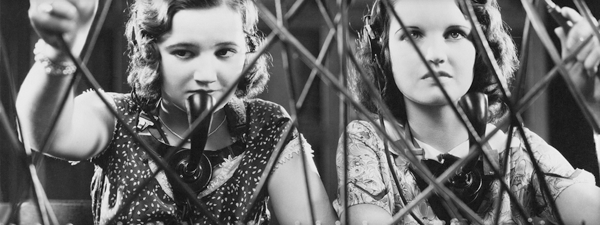Thanks to social media, fans and customers expect brands to be available 24/7. The longer it takes a brand to respond to a question or a complaint, the slimmer the chances become of winning over that frustrated customer. Although this should be common sense for brands, many haven’t made sufficient changes to their response rates and response times. Our pals at Sprout Social recently found the average response rate for each industry. Although the highest response rate (Banking/Finance) was only 28%, many industries had far worse stats. Here are the five industries with the worst social media response rates.
5. Education
The entire education industry boasts a response rate of just 16%. Undoubtedly, part of this statistic is due to unaddressed questions and posts from students, parents and educators. Although some of these posts could very well cover sensitive issues, or issues that the institution doesn’t feel comfortable commenting on, standardized responses can be put in place to help address them.
Boost that rate: Determine what is and what isn’t appropriate for the social team to comment on, and compile a list of responses that the team can use should an inappropriate post arise. For example, if a student asks about scholarships or admissions, take the time to point them in the right direction. If they’re complaining about billing, though, just take the time to give them the contact information for the appropriate department. Taking the time to respond will help cast the institution in a more positive light and help build trust between it and its fans/followers.
4. Healthcare
Like education, the healthcare industry only has a response rate of 16%. Overall, it’s not great, but when you consider how sensitive the posts surrounding healthcare can be, it kind of makes sense. With the introduction of Obamacare and changing health insurance coverage options, many posts are, undoubtedly, focused on those very issues.
Boost that rate: Sit down with the marketing and legal teams and determine what kind of questions the facility can answer. The more questions the healthcare facility can answer, the more that relationship between facility and patient will be cemented. Those questions or complaints deemed too sensitive to be answered across social should still be addressed, inviting users to connect with a customer service rep offline.
3. Non-Profit
Even though building a relationship with fans and supporters is extremely important for non-profits, they still only have a 15% response rate. Acknowledging supporters, and creating a socially focused team can really help improve this number.
Boost that rate: Even if the brand can’t afford a full-time social media manager, make sure that a member of the team is given the responsibility of monitoring and addressing comments and questions on a daily basis. Make sure that they have an approved list of responses for standard questions, and encourage them to thank supporters who’ve taken the time to leave messages of support and encouragement.
2. Real Estate
The real estate industry only has a response rate of 15%. Although the majority of unsolicited posts deal with house hunters and realtors, there is a way to address them.
Boost that rate: Keep an eye out for people searching for a home and asking for help. If they are in your area, provide them with contact information for the agency. If they aren’t in your area, recommend a sister agency or resources for them to find a realtor in their own town. The larger the real estate agency is, the harder this becomes, but being able to give advice whenever possible will help build a helpful, approachable persona for your brand. If applicable, you can also share posts from trusted realtors
1. Entertainment
Although it might be surprising, brands falling under the entertainment industry umbrella are the worst offenders in terms of response rates — just 11%. While brands falling under this umbrella offer plenty of opportunities for engagement with fans and customers, they also offer plenty of opportunities for complaints and nasty posts.
Boost that rate: Be selective when responding. Although many of the posts won’t warrant a response, keep an eye out for those that do, or that offer their opinions in a thoughtful way. By highlighting those specifically, and responding to them in a timely matter, you’ll illustrate what kind of commentary you expect from fans, and you’ll also work to bolster the relationships with your best supporters and fans.
A quick response time can help turn a frustrated customer into a brand advocate. How? Follow these steps and find out.
